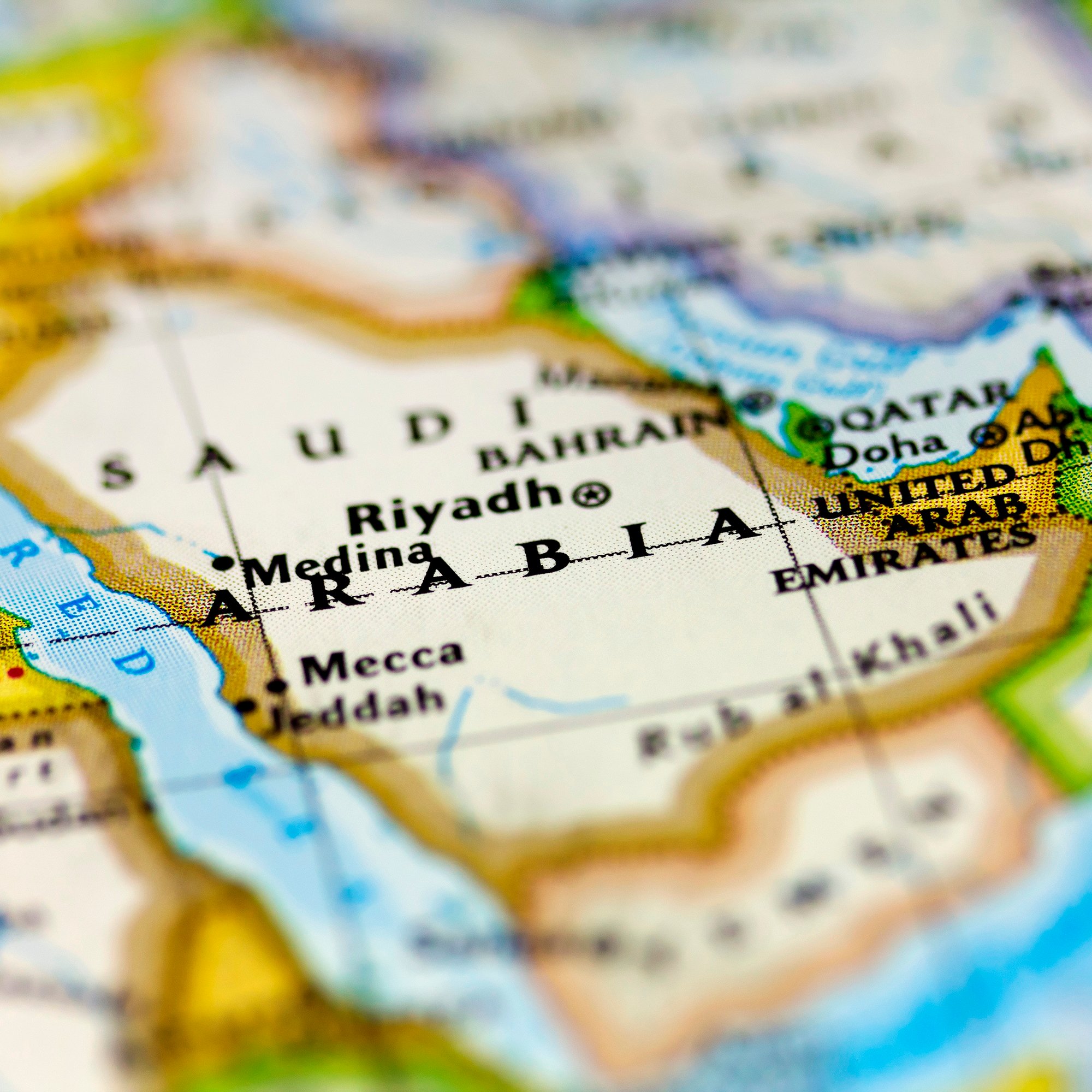
According to the World Bank’s most recent listing, the Kingdom of Saudi Arabia was the world’s 20th largest economy in 2016 with a gross domestic product (GDP) of $646.4 billion. In 2014, the Kingdom’s GDP totaled $756.4 billion. Something had to change.
On Saturday, Saudi King Salman bin Abdulaziz al-Saud, established an anti-corruption committee under the control of his son, Crown Prince Mohammed bin Salman, who promptly arrested 11 royal princes, including Prince Alwaleed bin Talal, one of the world’s richest men and head of an investment firm known as Kingdom Holding which owns major stakes in News Corp., Citigroup, Twitter, Lyft, and 21st Century Fox.
King Salman anointed Mohammed bin Salman (regularly referred to as MBS) as Crown Prince and his successor just last June. Mohammed has pushed hard for the initial public offering (IPO) of the national oil company, Saudi Aramco. While it’s not clear that the 11 royals arrested on Saturday were among the most vocal opponents of that plan, there has been significant opposition among the royal family to the planned IPO. And there’s good reason for that opposition.
The Saudi royal family is not a particularly exclusive club. Estimates of its size range from 15,000 to 30,000 with about 2,000 princes at the top of the heap. All are descended from the founder of Saudi Arabia, King Abdulaziz ibn Saud, who died in 1953. The current king is ibn Saud’s 25th son and one of 36 surviving sons from a total of 45. Ibn Saud had 22 wives (but reportedly no more than four at a time) and has more than 1,000 grandsons. All are supported by the government which is, in turn, supported by the country’s oil wealth.
Saudi Arabia’s oil reserves total 269 billion barrels, second only to Venezuela’s 300 billion barrels. But the Saudi oil is much easier and cheaper to extract and, consequently, commands a higher price. Petroleum accounts for about 87% of the Kingdom’s budget, 42% of GDP, and 90% of export earnings. Oil is also the main source of what can only be called a royal welfare program that costs billions every year.
Reuters in 2011 reviewed a trove of U.S. State Department cables obtained by Wikileaks including one from November 1996 entitled “Saudi Royal Wealth: Where do they get all that money?” The answer is a “formal, budgeted system of monthly stipends that members of the Al Saud family receive.” At the time these stipends ranged in value from around $800 a month “for the lowliest member of the most remote branch of the family” to between $200,000 to $270,000 a month for each surviving son of Ibn Saud.
According to the Reuters report, grandchildren received about $27,000 a month, great-grandchildren received about $13,000 and great-great-grandchildren got $8,000 a month. That’s significantly more than the average Saudi citizen.
The estimated 2016 population of Saudi Arabia is around 28.6 million and GDP per capita last year was $55,300 on a purchasing power parity (PPP) basis of an estimated $1.76 trillion. Of the country’s labor force, fully 80% are not Saudi nationals and 30% of the total population are immigrants according the CIA World Factbook.
The IPO of around 5% of Saudi Aramco is expected by the Saudis to fetch up to $2 trillion. That’s more than double the market cap of Apple, currently the world’s most valuable company. The Crown Prince’s plan is to use the funds to diversify the Kingdom’s economy away from oil.
Sales of crude oil and refined products brought in $134.4 billion last year, down from a peak of $337.5 billion in 2012. The country has had to dip into its sovereign reserves which have dropped from a peak of $750 billion in 2014 to below $500 billion currently.
With an IPO comes a requirement for more transparency than the Saudis are accustomed to. That transparency could lead to changes — not for the better — to the royal welfare program and Saturday’s corruption arrests could have rounded up those who have been most vocal in their opposition to the public offering.
Essential Tips for Investing: Sponsored
A financial advisor can help you understand the advantages and disadvantages of investment properties. Finding a qualified financial advisor doesn’t have to be hard. SmartAsset’s free tool matches you with up to three financial advisors who serve your area, and you can interview your advisor matches at no cost to decide which one is right for you. If you’re ready to find an advisor who can help you achieve your financial goals, get started now.
Investing in real estate can diversify your portfolio. But expanding your horizons may add additional costs. If you’re an investor looking to minimize expenses, consider checking out online brokerages. They often offer low investment fees, helping you maximize your profit.
Thank you for reading! Have some feedback for us?
Contact the 24/7 Wall St. editorial team.
 24/7 Wall St.
24/7 Wall St.


